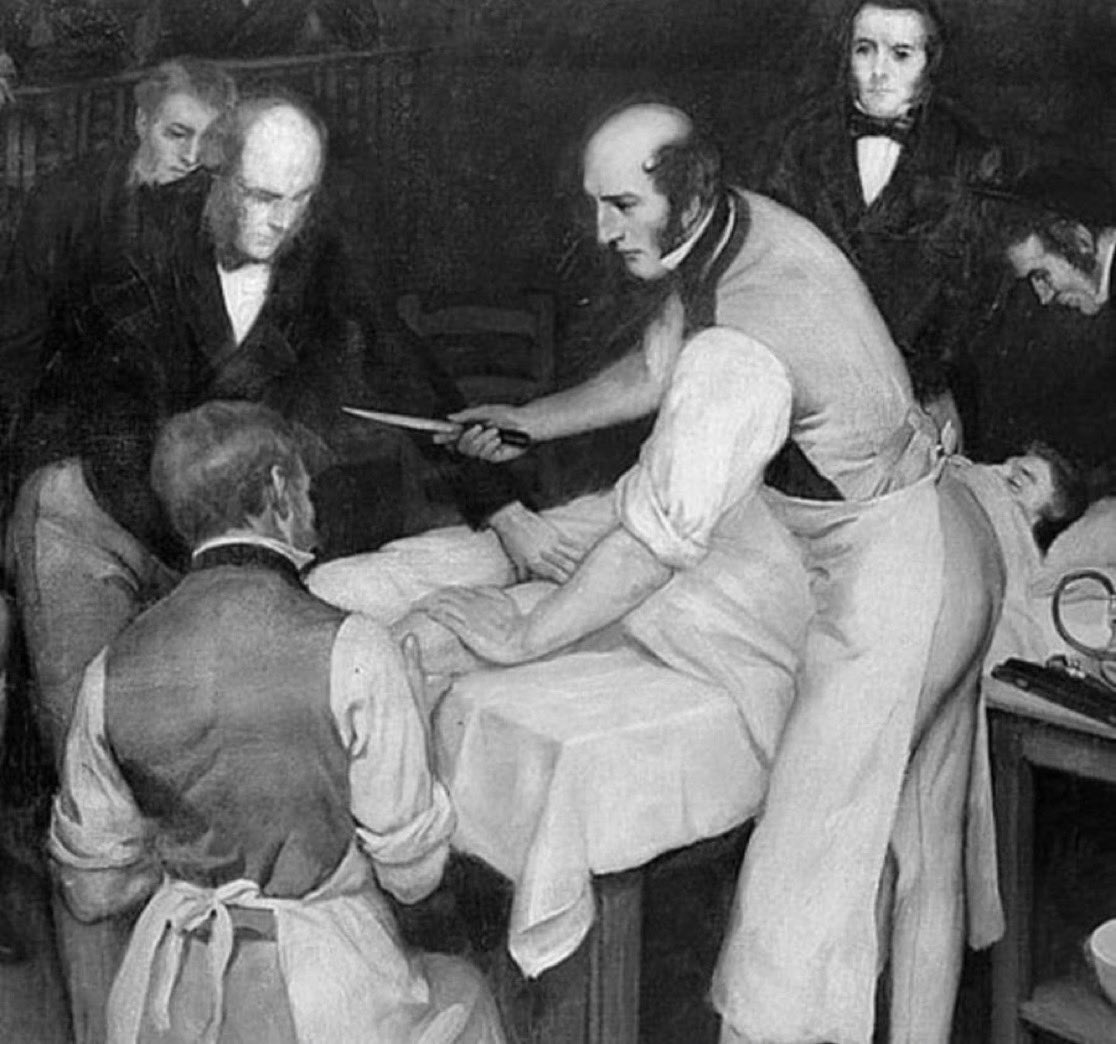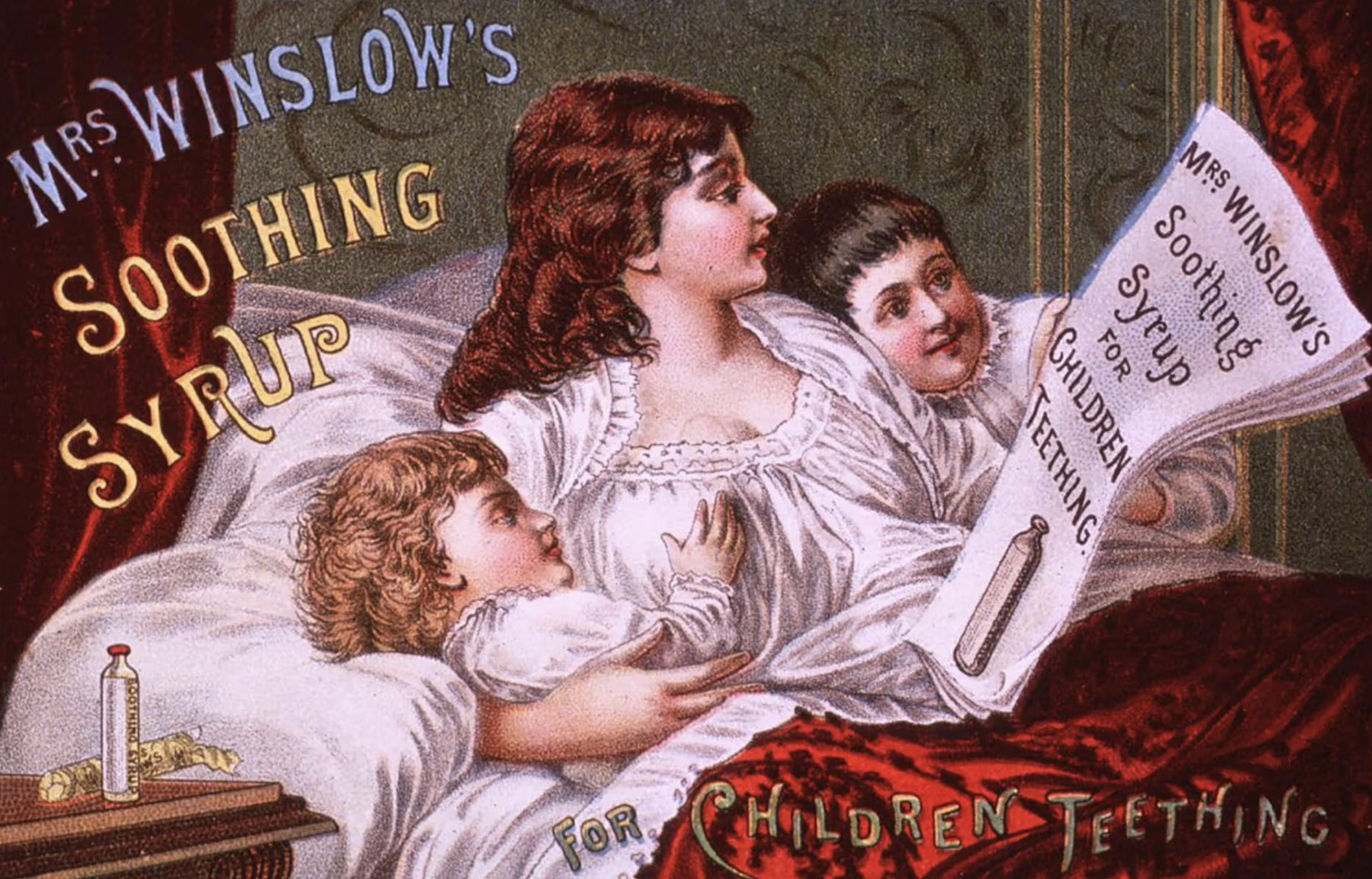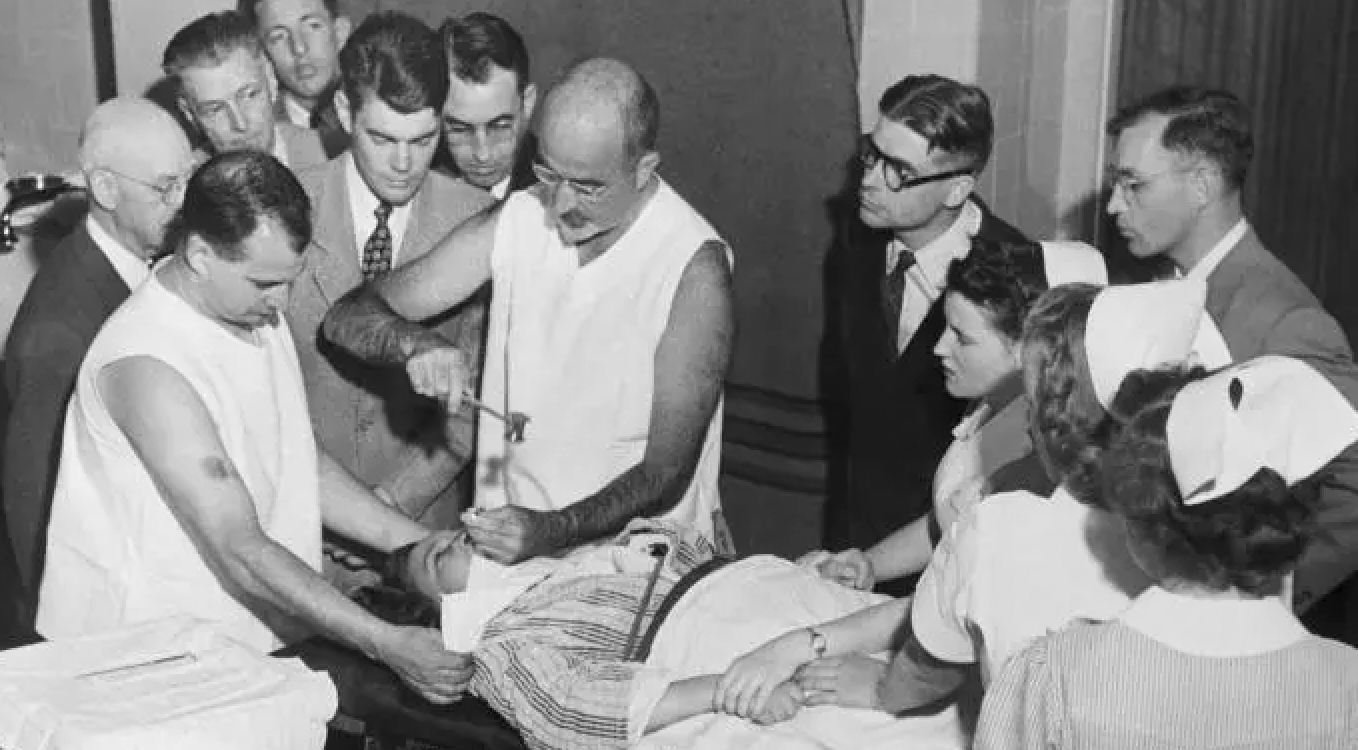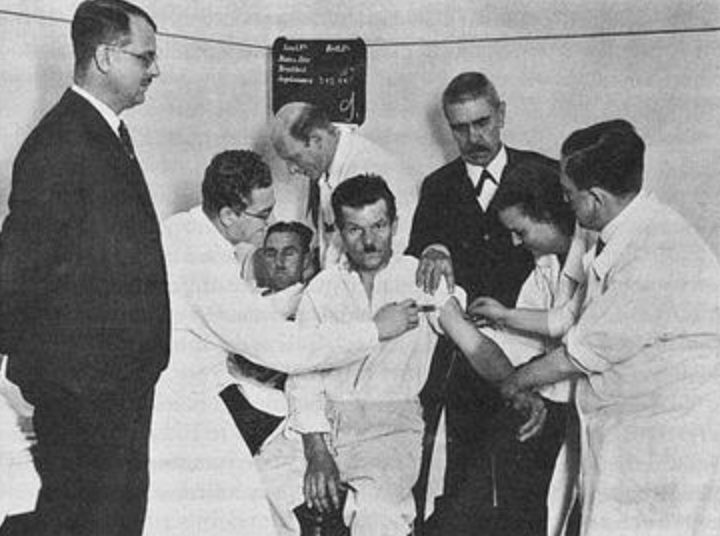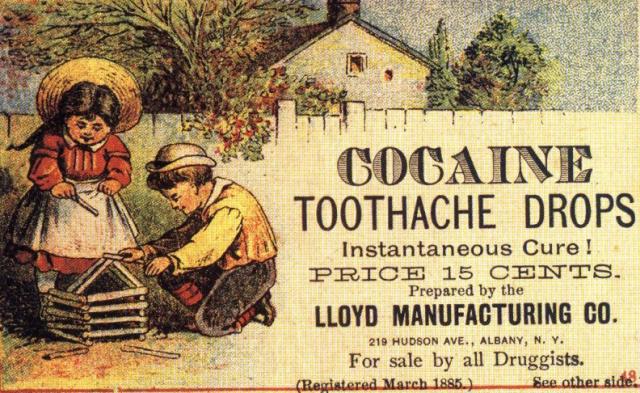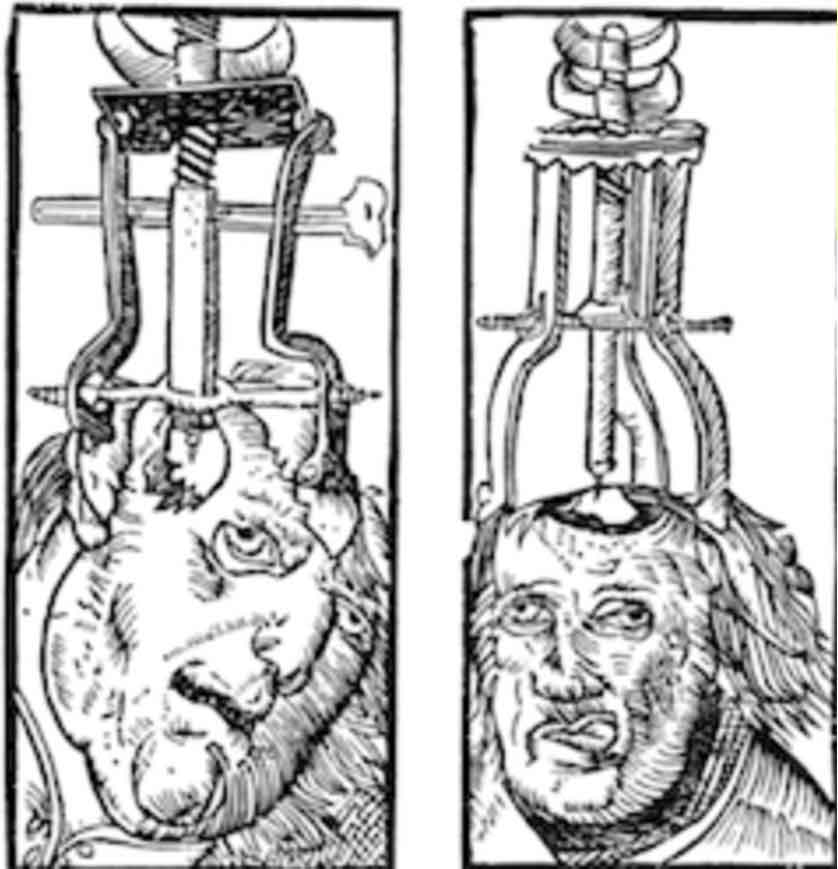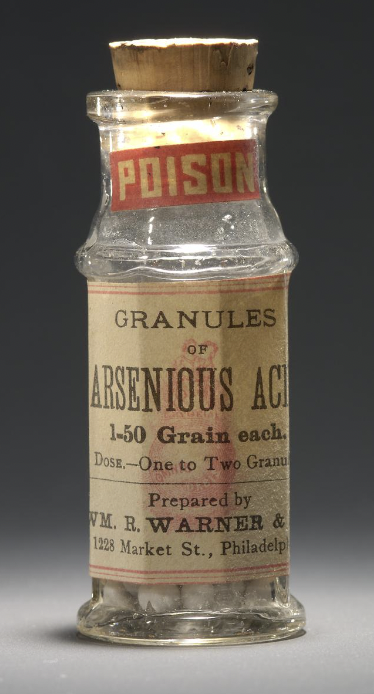8 Medical Procedures That Meant Almost Certain Death
Sometimes we forget just how recently the spoils of modern medicine came to fruition.
Published 1 year ago in Wtf
Sometimes we forget just how recently the spoils of modern medicine came to fruition. Less than a century ago, "doctors" were bumbling around with un-proven procedures just hoping to strike a nerve while missing another.
Medical procedures from throughout history have been deadly, often more so than the ailments they sought to cure. Bloodletting has been shown to be half-cooked at best, and don't get us started on leeching.
Here are eight old medicines and operations that meant almost certain death.
1
Scottish surgeon Robert Liston developed a new kind of knife called the Liston knife in the mid-1800s to help him increase the speed of amputations – something very important in the days before anesthetics. In one operation, he accidentally amputated his assistant’s fingers along with his patient’s leg and nicked a spectator all in under three minutes. The spectator apparently died from fright on the spot, while the other two died of gangrene later on. It is the only surgery with a 300% mortality rate. In a different operation, he allegedly accidentally castrated his patient in his haste to finish the amputation.
6
From the 1500s all the way to the 1900s, doctors believed that a leading cause of infant mortality was connected to babies’ teeth coming in. (Correlation does not equal causation.) As a result, they did everything from cutting teeth, to putting leeches on gums. One popular technique was called “gum lancing,” which cut gums down to the bone. Many children died from resulting infections.

